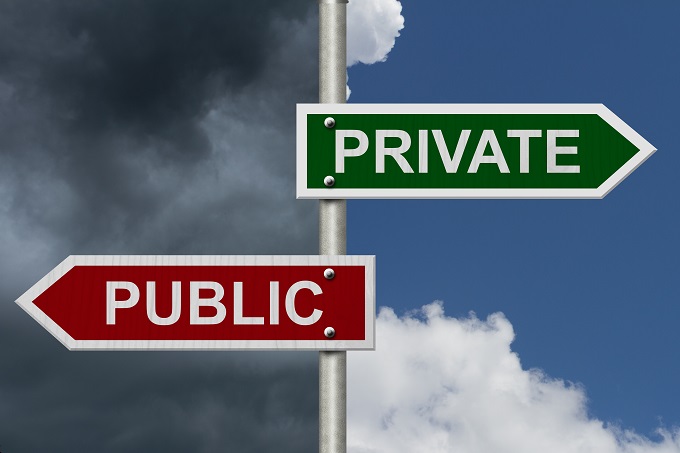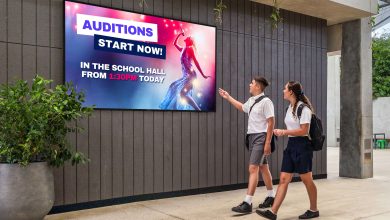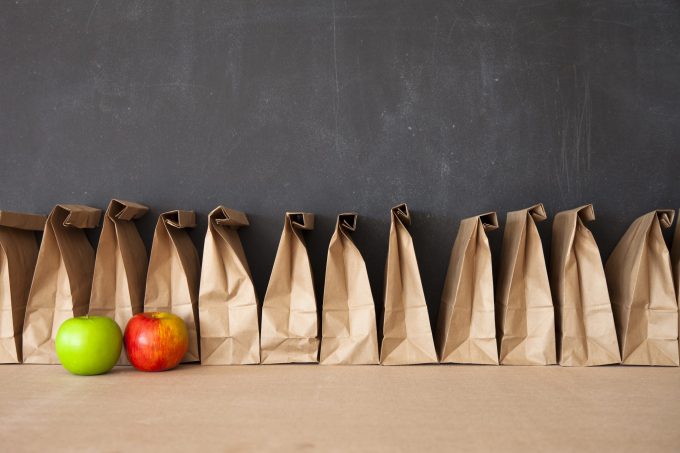
It’s not a topic many educators or parents necessarily want to address, nor is it one most teachers will ever need to discuss, but it’s vital everyone knows about The Labia Library, so when the time comes, the information can be shared.
Read the latest print edition of School News HERE
The Labia Library is Women’s Health Victoria’s award-winning health literacy resource for women, girls and people with labia. First developed in 2013, the Labia Library addresses common myths about what ‘normal’ labia look like and promotes positive body image.
Fake News
“Without education in schools, many adolescents will receive information about what is ‘normal’ from other sources, such as mainstream pornography, where models and performers have often undergone surgery, or been photoshopped and do not reflect the diversity that exists within the wider population,” explains Kate Johnston-Ataata, Manager of Policy, Health Promotion and Advocacy at Women’s Health Victoria (WHV).
A recent study found that 69% of Australian teenage girls had seen sexually explicit material on the internet, whether intentionally or by chance.
With these unrealistic images as the only source of comparison, many young women are experiencing anxiety about their genitals.
WHV commissioned YouGov to conduct a survey in April 2024 with a nationally representative sample of women and people with labia aged 18 to 50 to understand how they feel about their labia, and the key factors that influence their attitudes towards their genitals.
The survey found that one in six respondents are anxious or embarrassed about the way their labia look, and one in 10 respondents – the equivalent of more than half a million Australians – have had or have considered labiaplasty.
Furthermore, almost a quarter (23%) of Gen Z respondents said they feel anxious, unhappy or embarrassed about how their labia look, while 35% associate their labia with negative words such as “weird”, “disgusting” or “ugly”.
Porn and social media were found to be key drivers of shame and stigma associated with labia, with one in five (18%) of Gen Zs surveyed reporting they obtain their information on what labia ‘should look like’ from porn, and almost a third (30%) reporting that they obtained this information from social media.
Why do we need a labia library?
“Anxiety around labia appearance can have significant impacts on physical and mental health and health-seeking behaviours, leading to avoidance of GP visits and demand for genital cosmetic surgery,” explains Johnston-Ataata.
“To address the anxiety young people are experiencing about the appearance of their labia, it is important that they have access to accurate and evidence-based information about their anatomy, and the diversity of labia that exists.”
The Labia Library not only provides information about anatomy, the functions of the labia, and concerns that people may have about their labia, but it also includes a gallery of over 100 unedited and non-sexualised photos of labia across a wide range of ages, skin tones, genders and experiences to show just how different they can be.
This information is not just for women who are experiencing anxiety, but also for men who may be unknowingly contributing to the problem by having unrealistic expectations.
“For many boys and men, mainstream pornography is a primary source of information on female anatomy,” says Johnston-Ataata. “However, this can be very misleading, as models and performers have often had surgery or use filters, and do not represent the diversity that exists within the wider community. To combat this, boys and men should absolutely be provided education on the anatomy and diversity of the vulva and labia.”
When should the information be shared?
Formal health education classes generally stop in Years 9 or 10 in many Australian high schools, but some may question whether children younger than this are too young for this type of information.
“Starting sexual health education in younger age groups has been shown to be conducive to the development of healthy sexual behaviours,” argues Johnston-Ataata. “It is important that children learn about their anatomy to help them better understand their bodies and promote positive body image. Comprehensive and fact-based education regarding labial diversity and the anatomy and function of the vulva and labia is crucial to addressing labial anxiety and combating the shame and stigma associated with these parts of the body.”
“Anxiety around labia appearance affects people of all ages, not just young people. We hear from younger and older generations about the impact that labia anxiety has had on their lives, and the lack of education they have received about labia diversity,” says Johnston-Ataata .
“For young cohorts, we would recommend sharing the diagrams of vulvas included on the Labia Library website rather than the photo gallery,” she adds. The website has resources to help health educators teach labia diversity.
Related article: Taking the Awk out of the Talk
Taking the awk out of the talk – SchoolNews – Australia (school-news.com.au)







